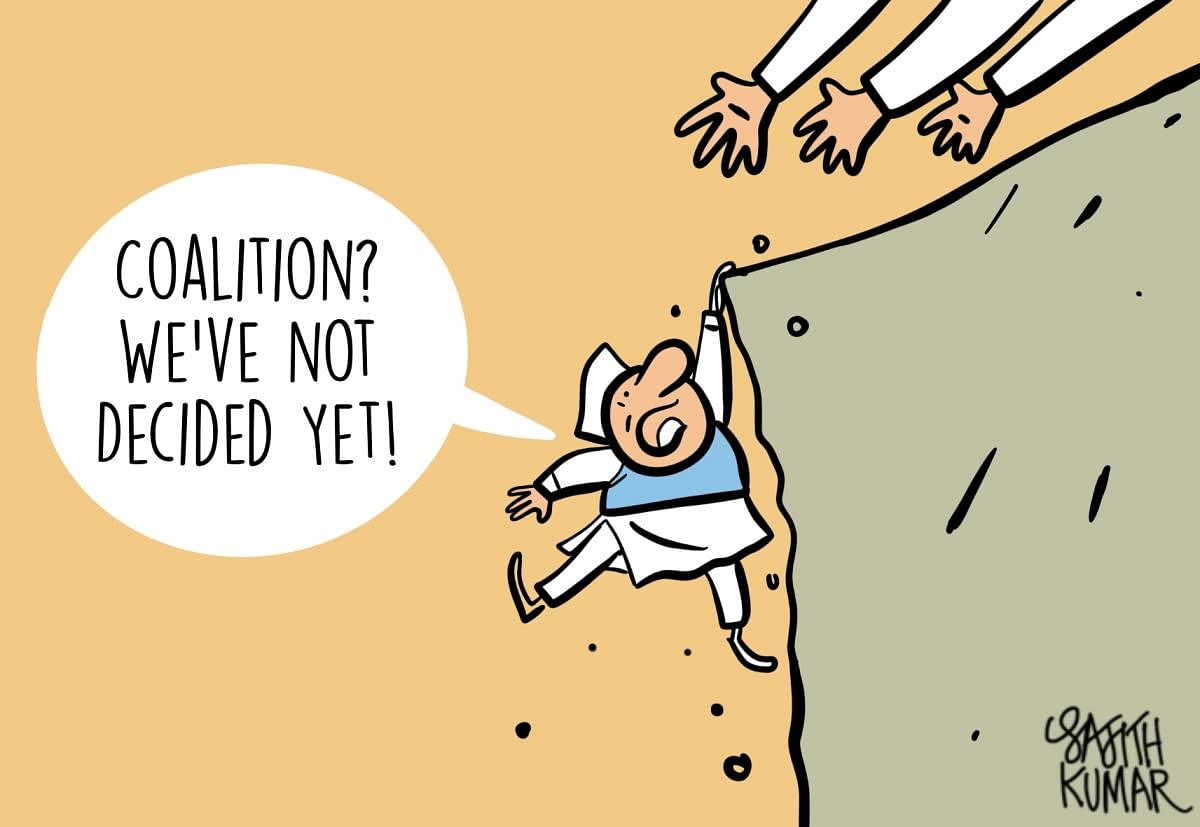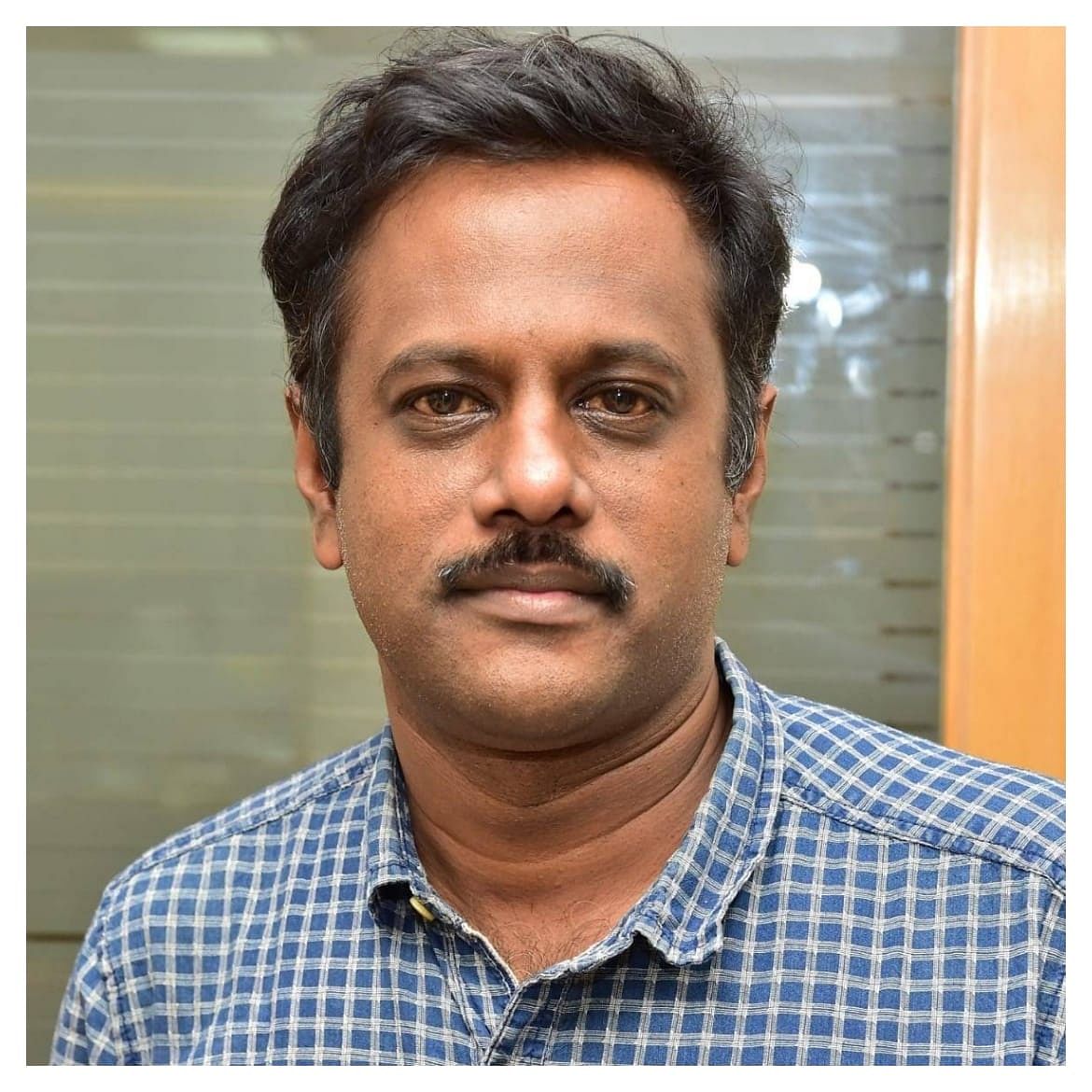
A diminishing Congress has further ignited a chatter, though feebly, about the revival of the idea of a Federal Front after the results of the Assembly elections were clear on May 3. Except Assam, the BJP fared poorly in West Bengal, Kerala and Tamil Nadu. Same was the case for Congress too while the stocks of regional leaders like Trinamool Congress chief Mamata Banerjee and DMK boss in Tamil Nadu MK Stalin skyrocketed. In Kerala, CPI(M)’s Pinarayi Vijayan too created history by bucking the trend to return to power, in what was seen as double-whammy for Congress where it hoped to win. The results once again questioned the pole position of Congress as the main Opposition party.
The run up to the 2019 Lok Sabha elections witnessed hectic discussion and speculation about a united Opposition coalition taking on the incumbent Narendra Modi government. A pan-national coalition was impossible as several Opposition parties were restricted to their own states. Then came the idea of fighting it in states together first and then coming together at national level. The idea was to allow the leading party in the state, which can take on the BJP, to lead the coalition but it also did not work everywhere. In Uttar Pradesh, Samajwadi Party, BSP and RLD came together but Congress did not join over seat sharing while in West Bengal, CPI(M) tried its best to have an electoral understanding with the Congress, which also failed. The bonhomie witnessed previously vanished as the parties approached the Lok Sabha poll dates.
A resounding victory in Bengal has once again catapulted Mamata to the prime position among the non-Congress leaders despite she losing Nandigram, where she contested, to Trinamool turncoat Suvendu Adhikari. It has also increased the stakes of Stalin, who had, in 2019, projected Rahul Gandhi as Prime Ministerial candidate of the Opposition and may not initially look for a national role. The results of the latest edition of Assembly polls have also ignited fresh enthusiasm in the Opposition parties. The new found aggression could be seen when JMM Chief Minister Hemant Soren tweets about Prime Minister Modi speaking to him over the phone. But Soren was terse in his comments as he said that Modi did not speak about the work to be done.
While the Opposition camp is cheerful about the results, they are very cautious about once again mooting a Federal Front at this juncture. CPI(M) General Secretary Sitaram Yechury says the idea of a Federal Front crops up now and then. “It was there before the 2019 polls also. The point is when the BJP is aggressively destroying the secular democratic Constitutional order and livelihood of people, all anti-BJP forces should join hands. This is all the more necessary given the devastation being caused by the Covid-19 pandemic upsurge that has been compounded by the Centre’s inaction and permission to super-spreader events. The results prove the point that there is a need for a broad-based unity,” he told DH recently.
Trinamool Congress’ Derek O’Brien too says they are not talking of any Federal Front at the moment as “right now our focus is to deal with the Covid-19 situation”. O’Brien then refers to crisis-ridden Congress, a party which he describes as “one of the important constituents of the non-BJP front”, and said it needs time to “sort out their internal issues”. So far, political analysts say Congress has not shown an indication of revival and the latest results have added to its woes. Not many parties are inclined to accept Congress leadership but would want it to take a step back and allow a regional leader to assume the pole position.
One of the biggest challenges for such a Front will be the leadership question, especially with Congress’ decreasing footprint in the country. The 1989 and 1996 experiment of United Front saw some semblance of victory, thanks to towering leaders of Janata Dal and the Left, especially the then CPI(M) General Secretaries EMS Namboodiripad (till 1992) and Harkishen Singh Surjeet (between 1992 and 2005), who managed to settle the leadership question, albeit for a smaller period before the experiment collapsed. Along with the Congress, the Left’s power to persuade has diminished with its declining electoral fortunes though Yechury continues to be listened to by top Opposition politicians. The UPA experiment in 2004 was successful compared to the United Front with Congress support from outside.
If there was Surjeet steering the Opposition coalition, one cannot see a towering leader at present who can stitch a rainbow coalition now. NCP supremo Sharad Pawar is the lone leader who could act as a glue but competing interests of regional parties may play spoilsport.
No outside support
Opposition leaders point out that for a Federal Front to succeed, it would need Congress to be inside the government and not give outside support. They refer to the fate of governments of Chandrasekhar, H D Deve Gowda and I K Gujral after Congress, which was giving outside support and then pulling the rug from their feet. At the same time, one of the issues confronting such a grouping is that there will be no single party, which commands a support of around 150 MPs. For the United Front governments, Congress was there with more than 100 seats to give them space to keep the BJP away, at least for some time.
Another point will be which all parties will be part of such a grouping. After the 2019 polls, Mayawati-led BSP had announced that it would not align with the Akhilesh Yadav-led Samajwadi Party. Both the parties had fought the 2019 polls together but could not pull it off. Naveen Patnaik-led BJD, Y S Jaganmohan Reddy’s YSR Congress and K Chandrasekhar Rao’s TRS have so far been keeping away from such a formulation, especially after 2014 after Modi assumed power. It is to be seen whether they would be enthused to join an umbrella anti-BJP coalition ahead of 2024 polls. A senior Opposition leader said that state-level coalition is an excellent option and parties could come together at national level post elections. However, this line of thought has an inherent lacunae, with Modi changing the electoral fight presidential style and people looking for a face.
It is to be seen how the Opposition unity evolves ahead of the 2024 Lok Sabha polls. Many feel that the latest results have created a euphoria but that is temporary. None of the regional leaders have an electoral appeal outside while the Congress is yet to settle its leadership question. For the Opposition, it is a tough road ahead. Perhaps, an electoral victory in Uttar Pradesh next year could catapult the Opposition from the present despair and give an impetus to fight the BJP in the Lok Sabha polls.
